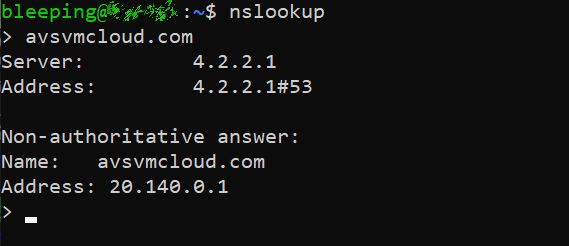KEEP IN TOUCH
Subscribe to our mailing list to get free tips on Data Protection and Cybersecurity updates weekly!







Microsoft, FireEye, and GoDaddy have collaborated to create a kill switch for the SolarWinds Sunburst backdoor that forces the malware to terminate itself.
This past weekend it was revealed that Russian state-sponsored hackers breached SolarWinds and added malicious code to a Windows DLL file used by their Orion IT monitoring platform.
This malicious DLL is a backdoor tracked as Solarigate (Microsoft) or Sunburst (FireEye) and was distributed via SolarWinds’ auto-update mechanism to approximately 18,000 customers, including the U.S. Treasury, US NTIA, and the U.S. Department of Homeland Security.
As part of a coordinated disclosure with Microsoft and SolarWinds, FireEye released a report on Sunday with an analysis of the supply chain attack and how the Sunburst backdoor operates. This research revealed that the Sunburst backdoor would connect to a command and control (C2) server at a subdomain of avsvmcloud[.]com to receive ‘jobs’, or commands to execute.
The FireEye report also revealed that if the C2 server resolved to an IP address in one of the following ranges, the malware would terminate and update a setting, so the malware never executes again.
Also Read: What Legislation Exists in Singapore Regarding Data Protection and Security?
Yesterday, the command and control server domain, avsvmcloud[.]com, was seized and now resolves to the IP address 20.140.0.1, which belongs to Microsoft. This domain takeover allows Microsoft and its partners to sinkhole the malicious traffic and analyze it to identify further victims.

Today, Brian Krebs was the first to reveal that FireEye, Microsoft, and Godaddy collaborated to create a kill switch for the Sunburst malware.
In a statement also sent to BleepingComputer, FireEye explains that they used the avsvmcloud[.]com takeover to create a kill switch that unloads the Sunburst malware on infected machines.
“SUNBURST is the malware that was distributed through SolarWinds software. As part of FireEye’s analysis of SUNBURST, we identified a killswitch that would prevent SUNBURST from continuing to operate.”
“Depending on the IP address returned when the malware resolves avsvmcloud[.]com, under certain conditions, the malware would terminate itself and prevent further execution. FireEye collaborated with GoDaddy and Microsoft to deactivate SUNBURST infections.”
“This killswitch will affect new and previous SUNBURST infections by disabling SUNBURST deployments that are still beaconing to avsvmcloud[.]com,” FireEye told BleepingComputer in a statement.
While FireEye does not provide specific details regarding the kill switch, we can see how the kill switch works from their previous analysis.
As part of this collaboration, GoDaddy has created a wildcard DNS resolution so that any subdomain of avsvmcloud[.]com resolves to 20.140.0.1. This is illustrated by a DNS lookup for a made-up subdomain, as shown below.
Also Read: Letter of Consent MOM: Getting the Details Right
![FireEye, Microsoft Create Kill Switch For SolarWinds Backdoor 3 Wildcard DNS resolution for avsvmcloud[.]com](https://www.bleepstatic.com/images/news/security/attacks/s/solarwinds/kill-switch/wildcard-dns-lookup.jpg)
Due to this wildcard DNS resolution, when an infected machine tries to connect to its command and control server under the avsvmcloud[.]com domain, the subdomain will always resolve to the 20.140.0.1 IP address. As this IP address is part of the 20.140.0.0/15 range that is on the malware block list, it will cause the malware to terminate and prevent itself from executing again.
Microsoft IP address ranges were likely added to the block list to prevent their security operations from detecting the malicious activity.
FireEye warned that this kill switch would only terminate the original Sunburst infection. Organizations that were already breached by the threat actors likely have different methods to access the victim’s network.
“However, in the intrusions FireEye has seen, this actor moved quickly to establish additional persistent mechanisms to access to victim networks beyond the SUNBURST backdoor. This killswitch will not remove the actor from victim networks where they have established other backdoors. However, it will make it more difficult to for the actor to leverage the previously distributed versions of SUNBURST,” FireEye warned about the kill switch.
If is not known if the victims identified via the sinkhole/kill switch are being notified that they are compromised.
BleepingComputer has contacted Microsoft with questions related to the kill switch but was told they had nothing to share at this time.